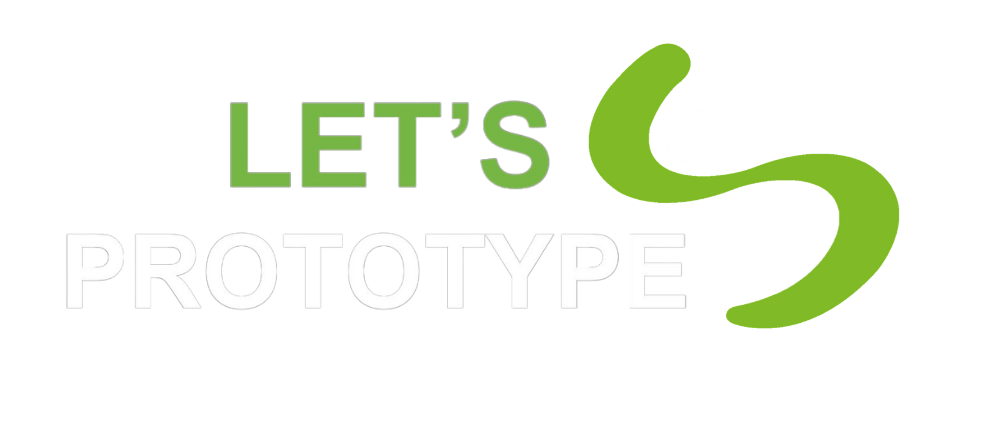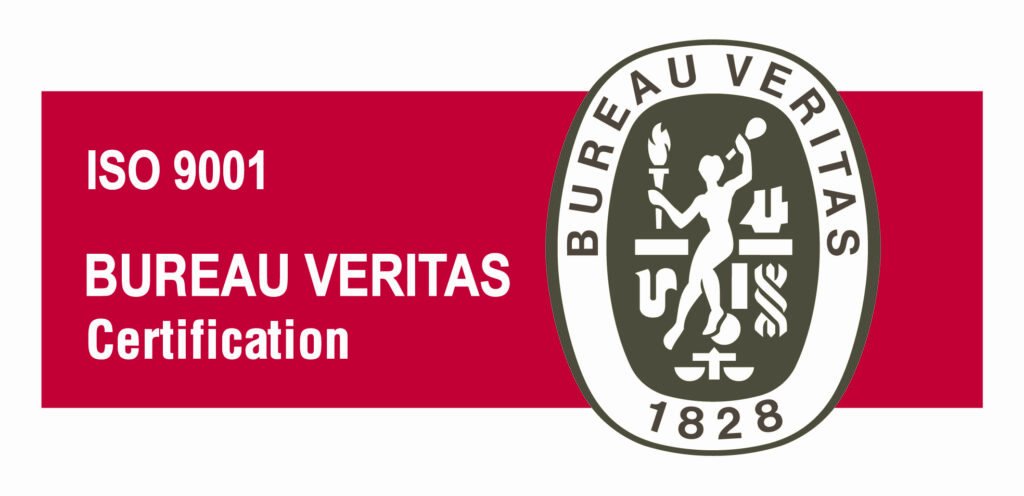From idea to concept and from concept to prototype. Lean Prototyping
The first step of the Lean Prototyping method refers to the process of turning an IDEA into a CONCEPT. Now, it should be noted that the CONCEPT is not, in the slightest the prototypeso don’t worry about your drawing or computer skills.
Let’s get right to it!
According to Lean Prototyping, you have an IDEA when you detect an unresolved problem in the market, or when you think you’ve found a way to solve an existing problem in a more efficient manner. At that point, you don’t have to spend a single second thinking about how your product works, the parts, mechanics, electronics, etc. All of that is superfluous at this very early stage. It’s important to concentrate all your efforts on listening to your clients to confirm that you have, indeed, identified a problem that needs solving. While it may seem simple, I assure you that this exercise may be the most complex step in the entire process. In turn, I also assure you that it is a critical step for the success of your future prototype.
On the other hand, CONCEPT, within the Lean Prototyping method, does refer, albeit very vaguely, to the ideas you may have about the product, its shape, basic working, possible dimensions, among other requirements that may arise as a result of the active listening we recommended to you in the IDEA phase.
It doesn’t matter how long you spend on this process of turning the IDEA into a CONCEPT. In this Step Nº 1, what is relevant is that you arrive at a product CONCEPT without deviating a single inch from your future clients’ real needs or statements. These requirements comprising your concept will immediately become your prototype’s working requirements. These, in turn, will be the basis of your contract with Let's prototype or with any other prototyping lab you may select. your prototype’s working requirements., que será a su vez la base de tu contrato con LEt´sPrototype o con cualquier laboratorio de prototipos que selecciones.
¡Claro está! Siempre te recomendaré el nuestro. En Prototécnica hemos creado el método, así que hablaremos el mismo idioma.
Should you still have any doubts, I’ll bring you down to earth with an example that, incidentally, hits very close to home.
My name is Erick Remedios Muiños. I am 35 years old, originally from Cuba and, for the last 12 years, a resident of my adopted city of Madrid, Spain. Like any good Cuban, I am an aficionado of cigar culture. A good cigar dries out and loses its properties when kept at less than 70% humidity. Moreover, this is not a cheap hobby, so imagine how much it hurts every time I have to throw out a good Cohiba. Humidors have existed for many years now, which are wooden boxes that use sponges or water reservoirs to maintain the humidity level inside them higher than the ambient one.
Although the problem may seem to have been resolved, the truth of the matter is that there is an additional problem: we cigar smokers have to constantly check the humidor’s humidity percentage reading. Therefore, although a solution exists, we could find a better one.
My IDEA: provide cigar smokers with complete control of the conditions maintained inside their humidors, both at home and on the go, while traveling, etc.
Following the Lean Prototyping method, in this stage I should talk with various smokers to assess the existence of the issue and contrast how they deal with it. Learn about the different technologies they use to measure humidity, the most common methods of controlling it, how often they check it, study the number of smokers in territories with relative humidity of less than 70%, among other questions allowing us to define the IDEA as valid. Based on this validation, we’ll be able to create a CONCEPT. Important! You must be able to validate the existence of this problem without giving any hints of your possible solution. It’s still early.
My CONCEPT: I’ll use a “gadget,” “thingamajig,” or whatever we want to call it (as an inventor, I don’t need to know the technique), that is able to measure the relative humidity inside the humidor. In addition, I’ll create an app from which the smoker/user can control, without having to approach the humidor, whatever info he’s interested in. I’ll prepare a list of working requirements regarding this concept, for example:
– El cacharro tiene que medir menos de 3cm de acho, 3 cm de alto y 1 cm e profundidad. De lo contrario, ocuparía más que el espacio de los relojes antiguos que suelen usar los fumadores dentro de sus humidores.
– Quiero que el dato sea visible en el propio prototipo, no solo en la app.
– Quiero poder poner mi foto en la app así como mis datos personales.
– Quiero conocer el dato de humedad en tiempo real en la app.
– Necesito que cuando la humedad sea superior a 80% o menos que 70% me avise de alguna forma en el móvil, de lo contrario, perderé los puros.
As you can see, we have gone from having an IDEA to having a CONCEPT, which does not stray from the needs of my target market. Additionally, I have some basic working requirements to go on to Step Nº 2 of Lean Prototyping: Prior art and technical feasibility.
Si para llegar a este punto, necesitas ayuda, podremos ayudarte. En Prototécnica, contamos con un equipo de consultores en materia de desarrollo de negocio, que complementan el ciclo de Lean Prototyping. Por tanto, podrán echarte un cable en el proceso de exploración del problema, así como en la construcción del prototype. Si quieres hablar con ellos, reserva tu llamada a través del siguiente enlace
Recent Posts
Tell us your idea
- Apple Patent Conflict. Conclusions for Inventors - January 5, 2024
- How to register a trademark in the USA? - November 14, 2023
- How to obtain funding to launch a product to the market? - August 9, 2023



